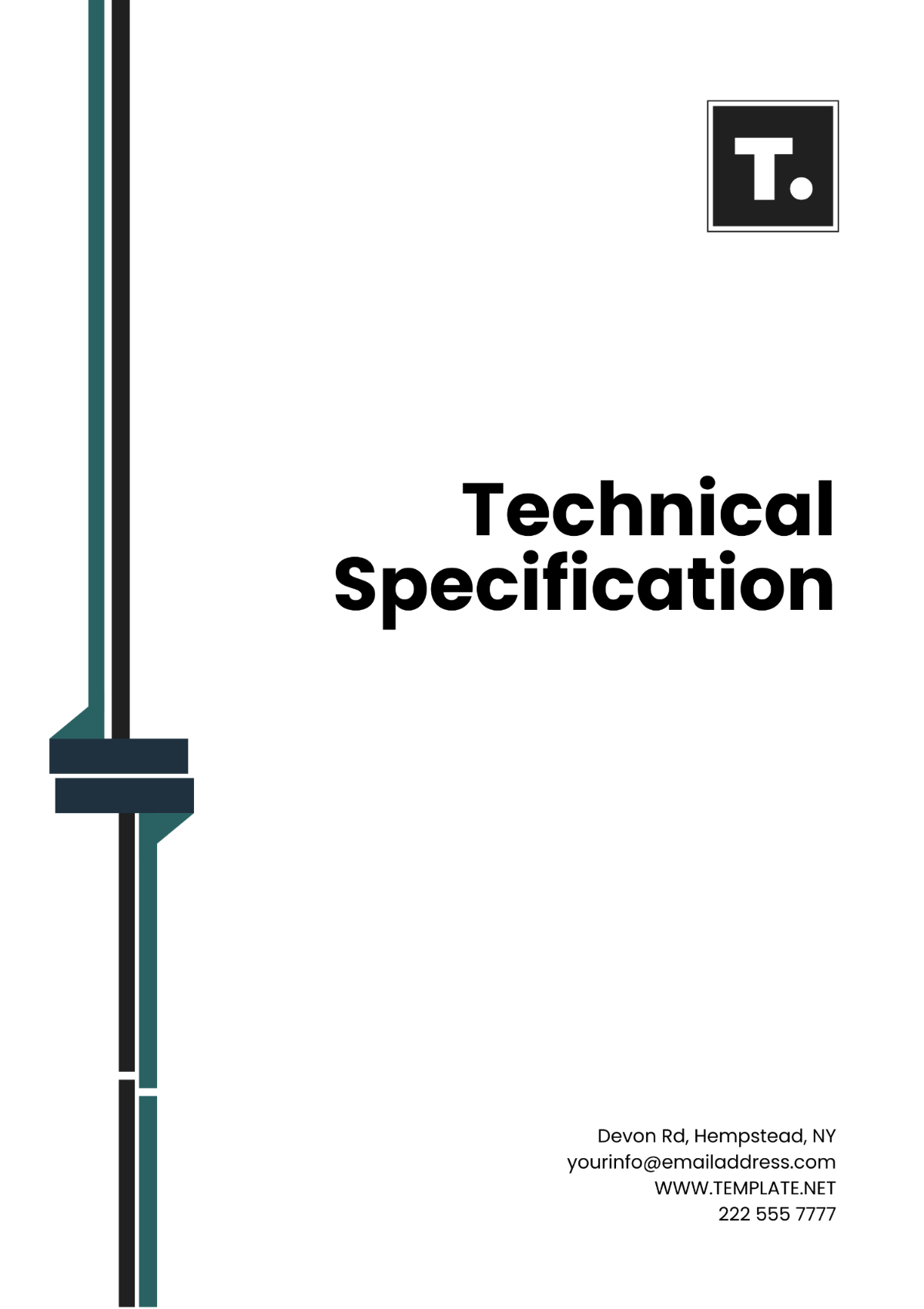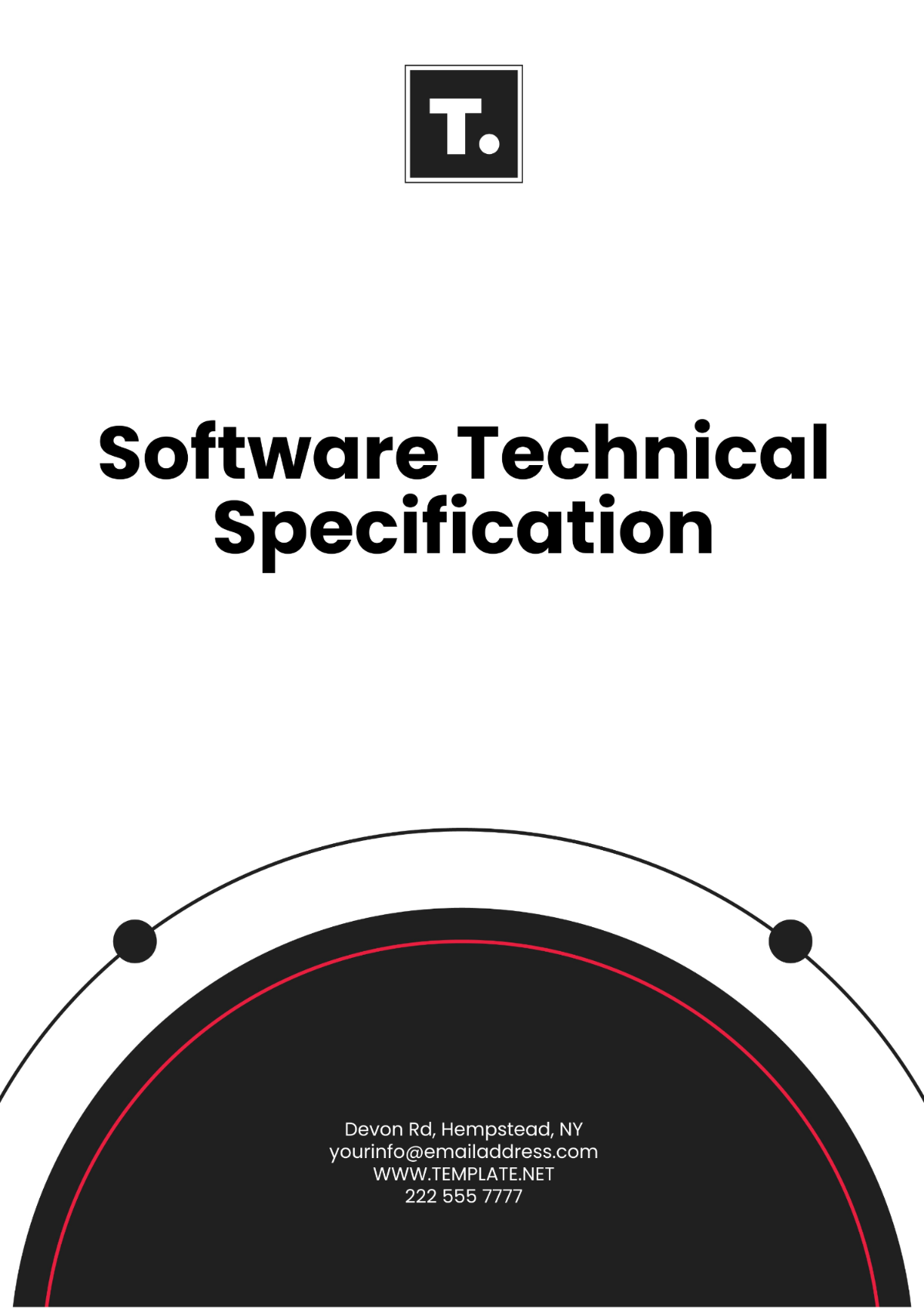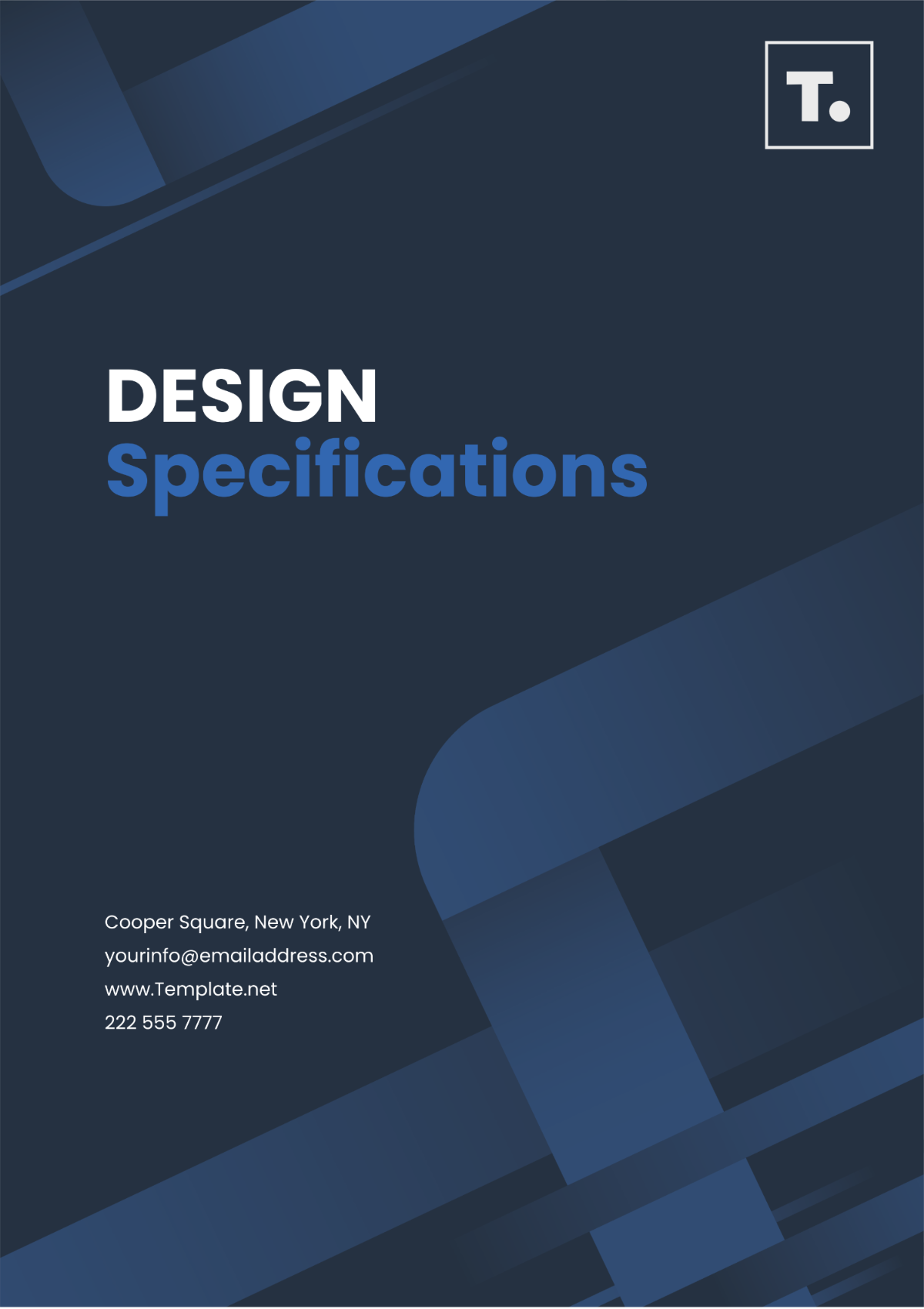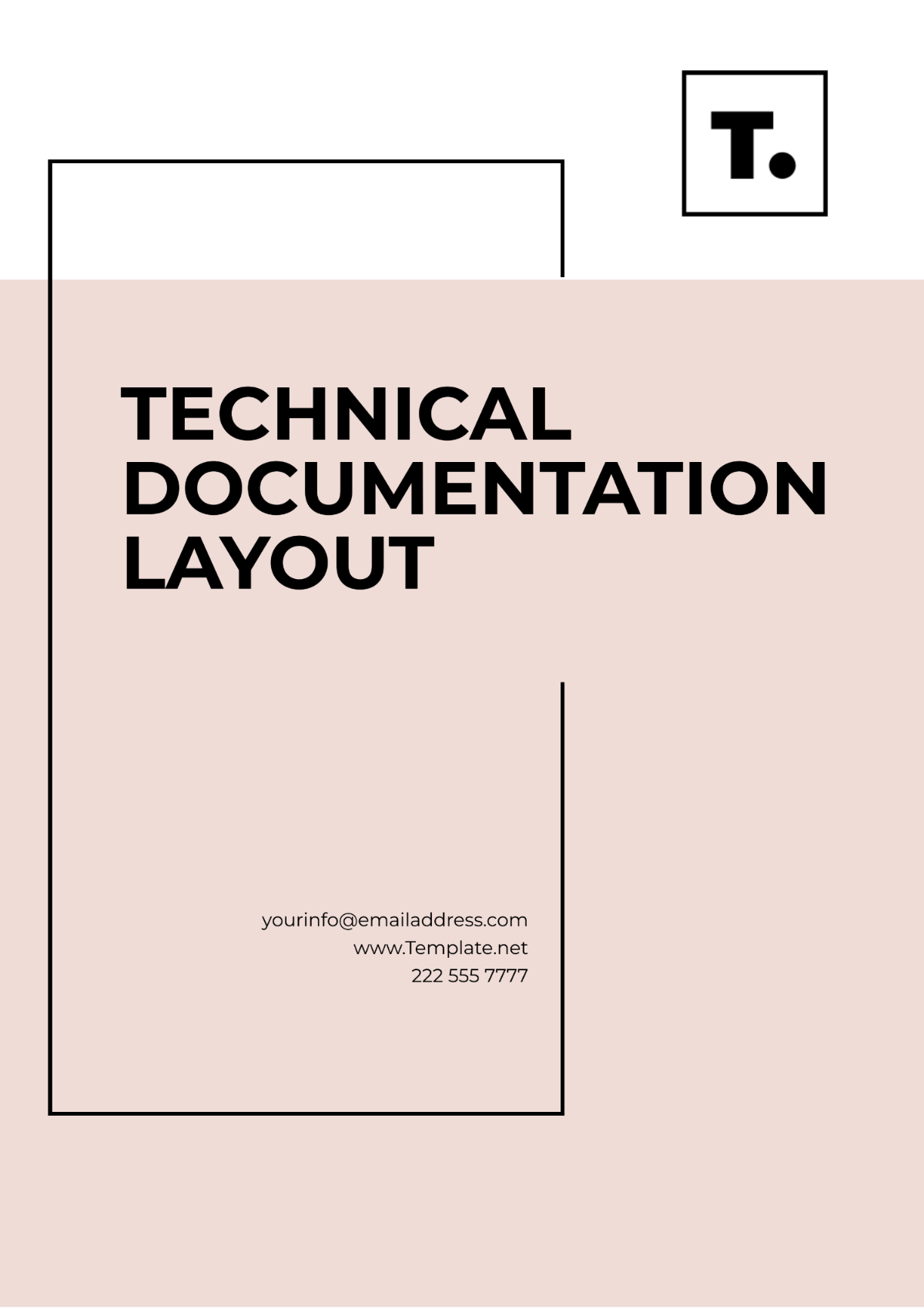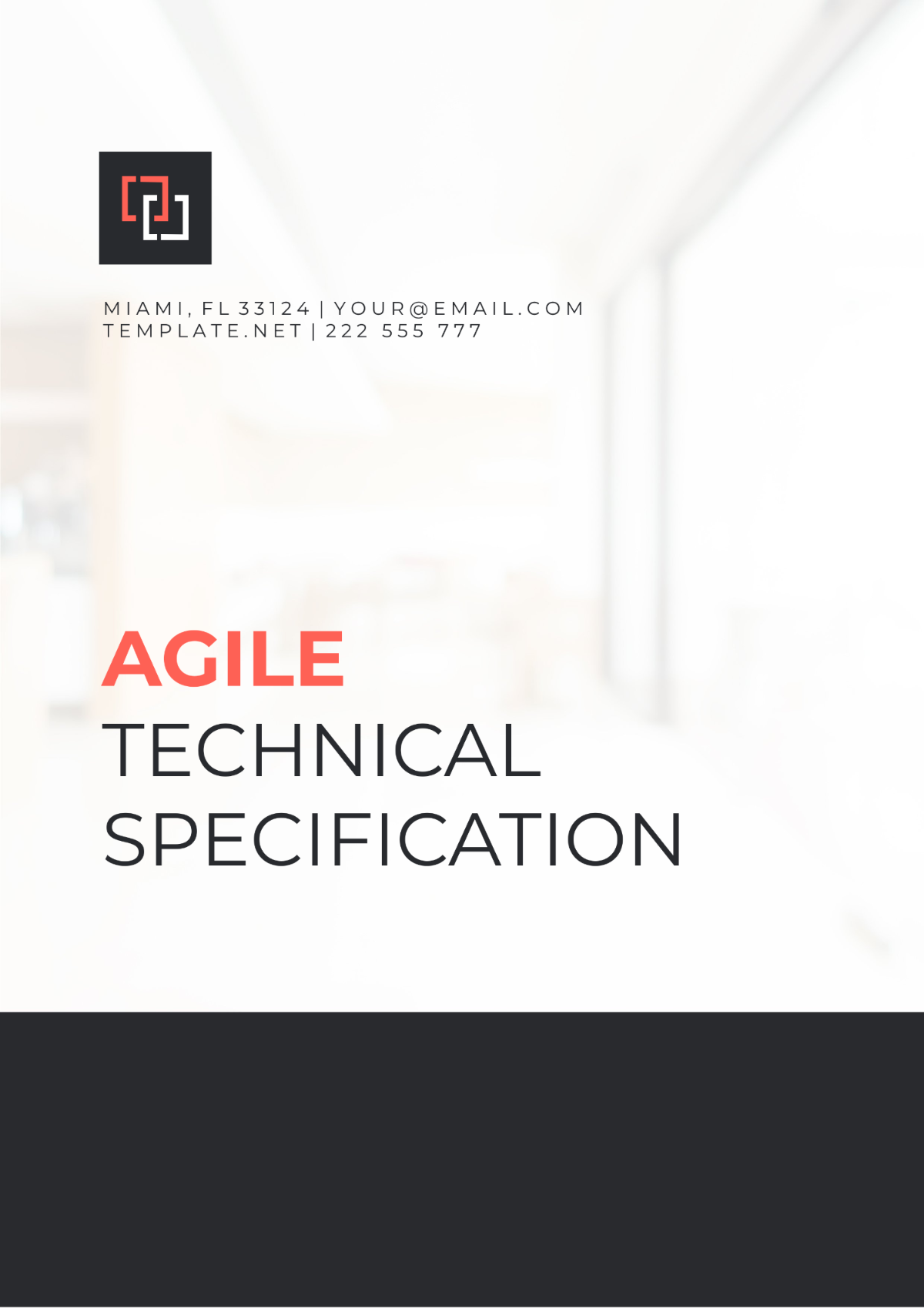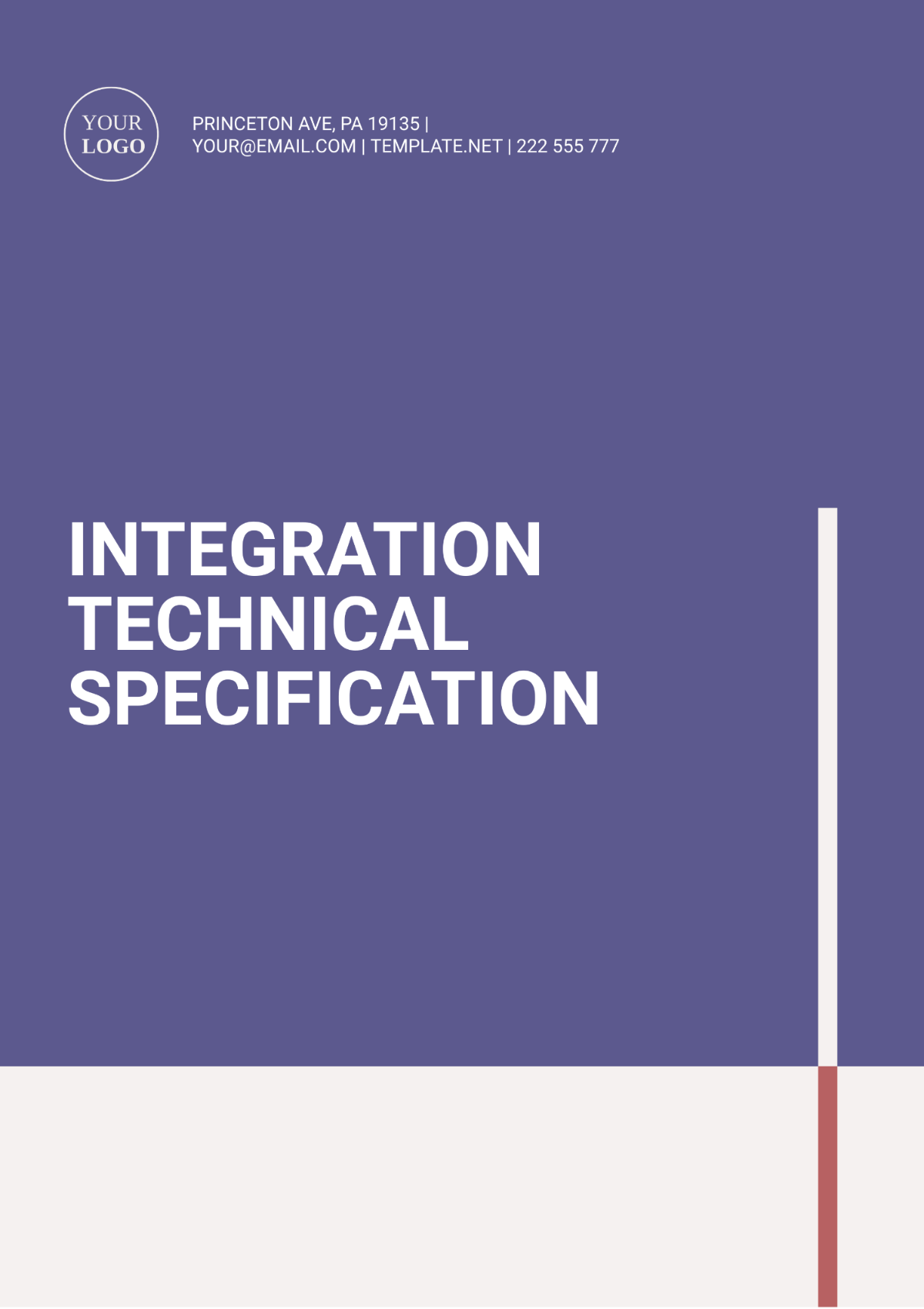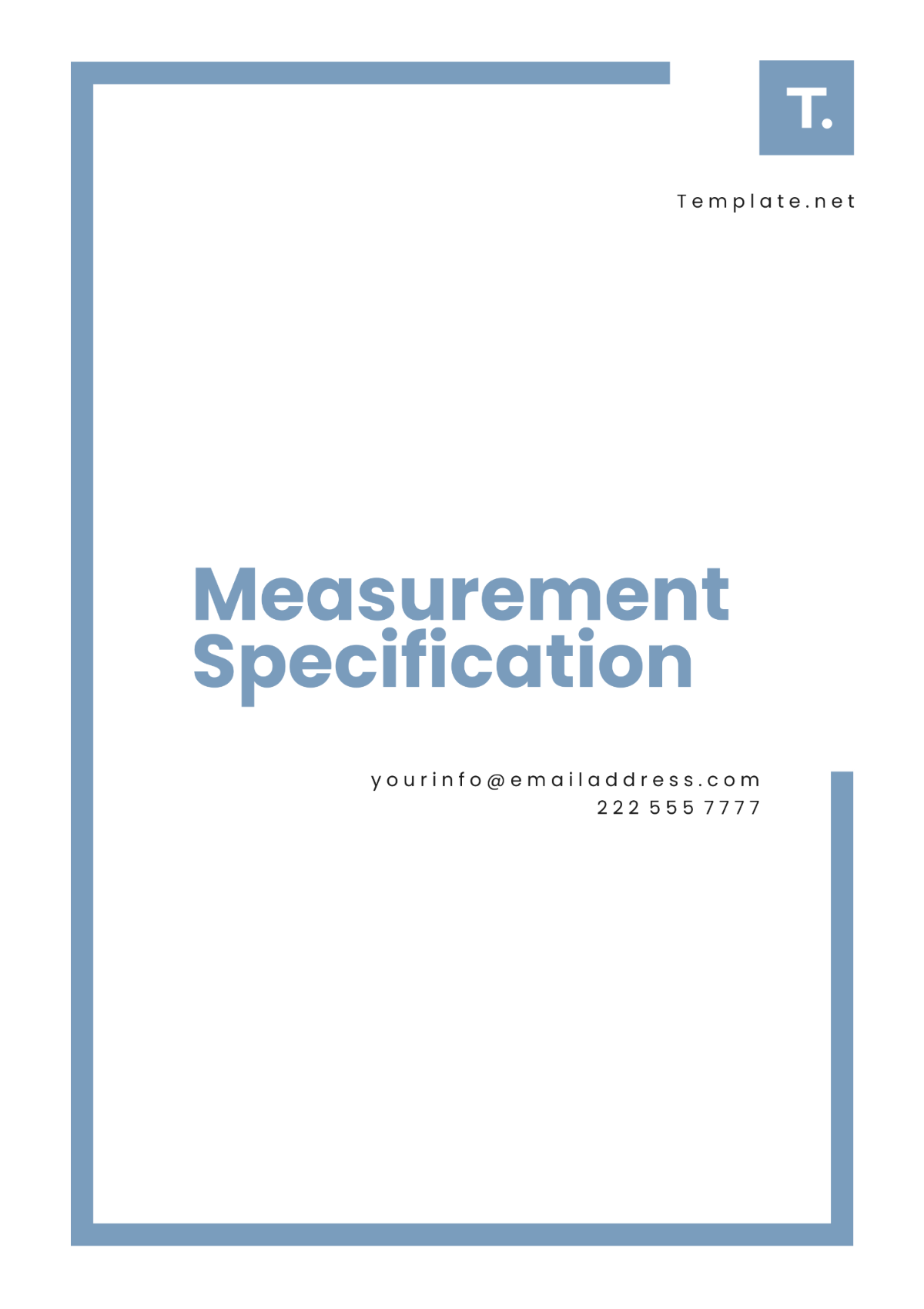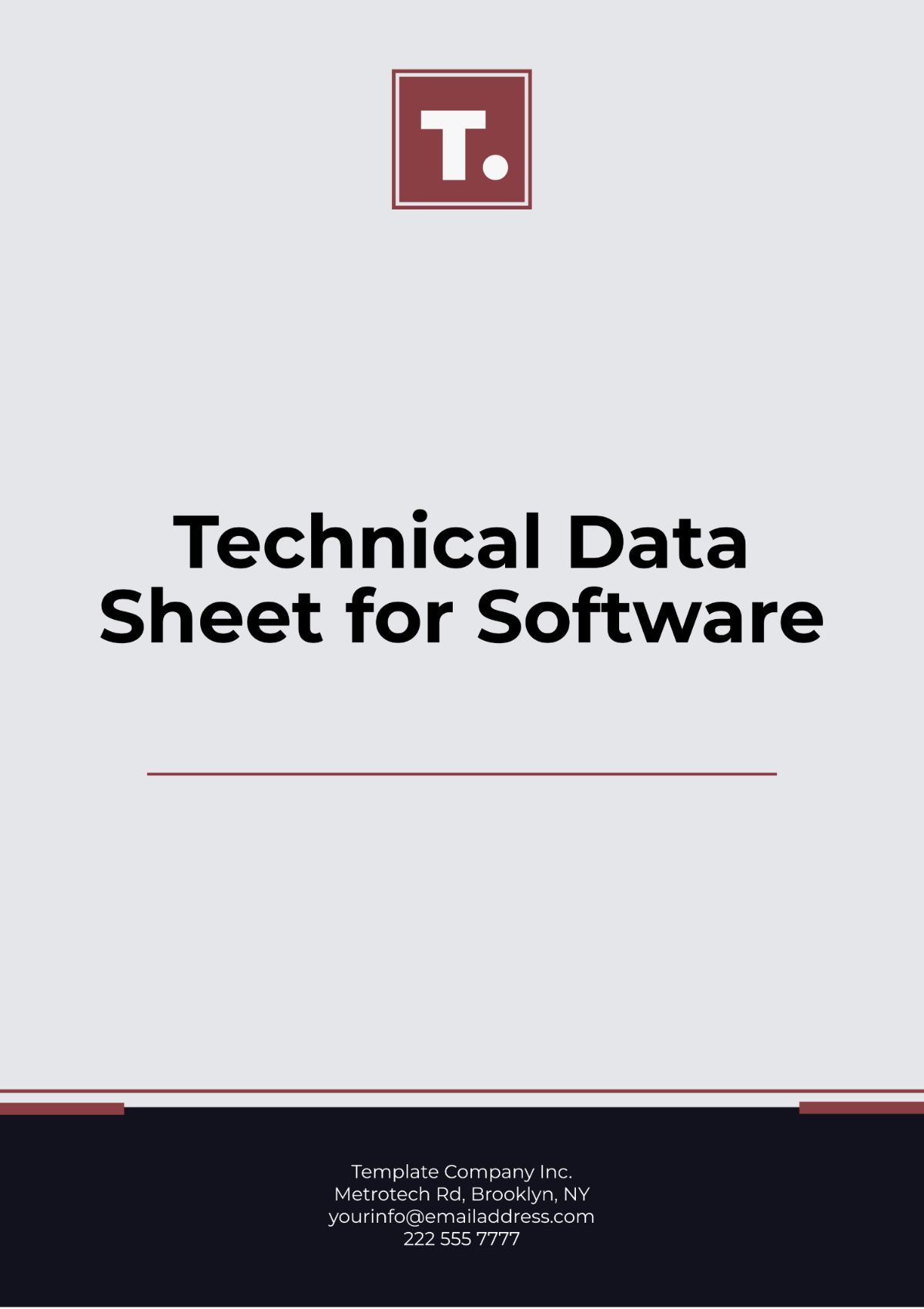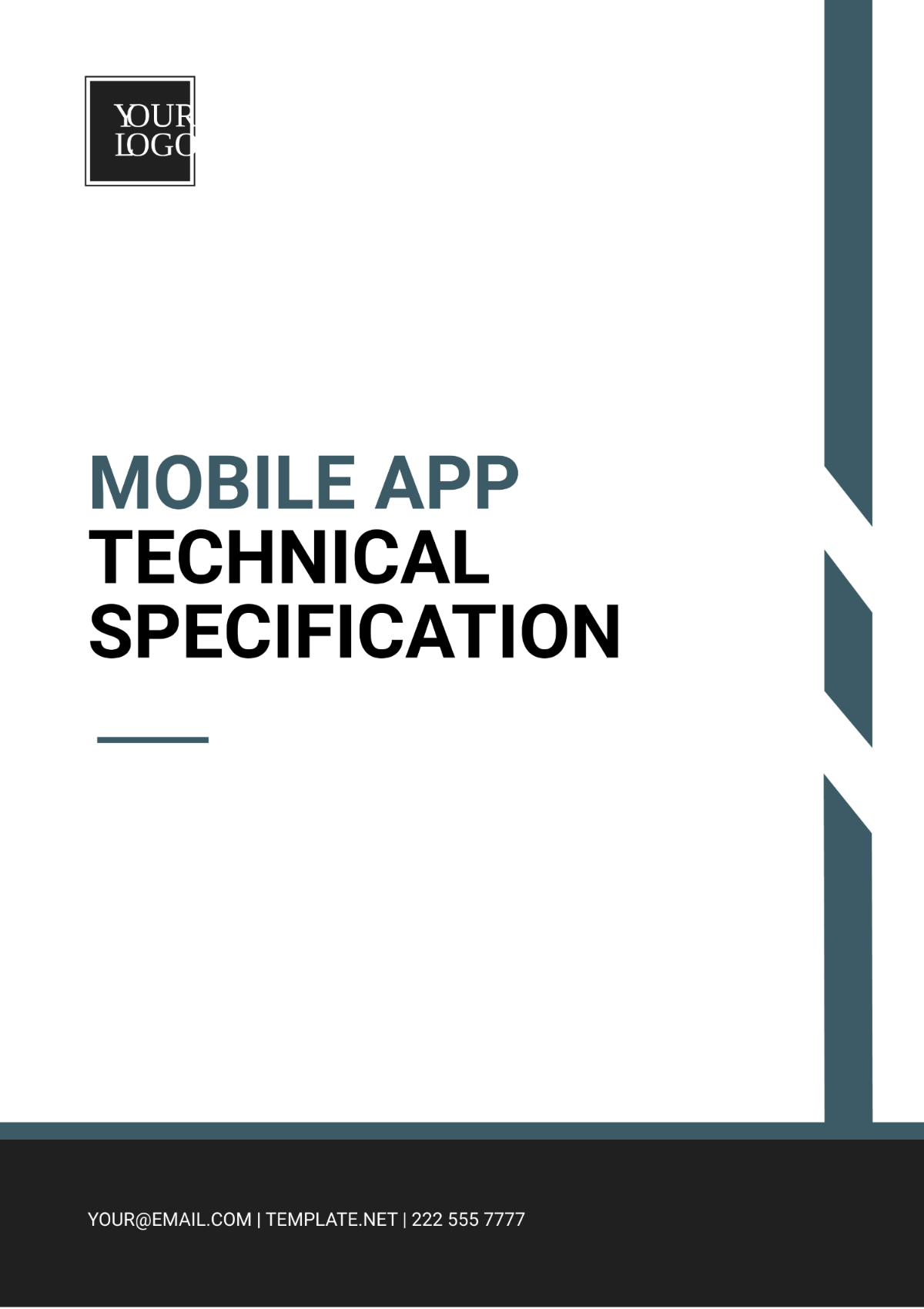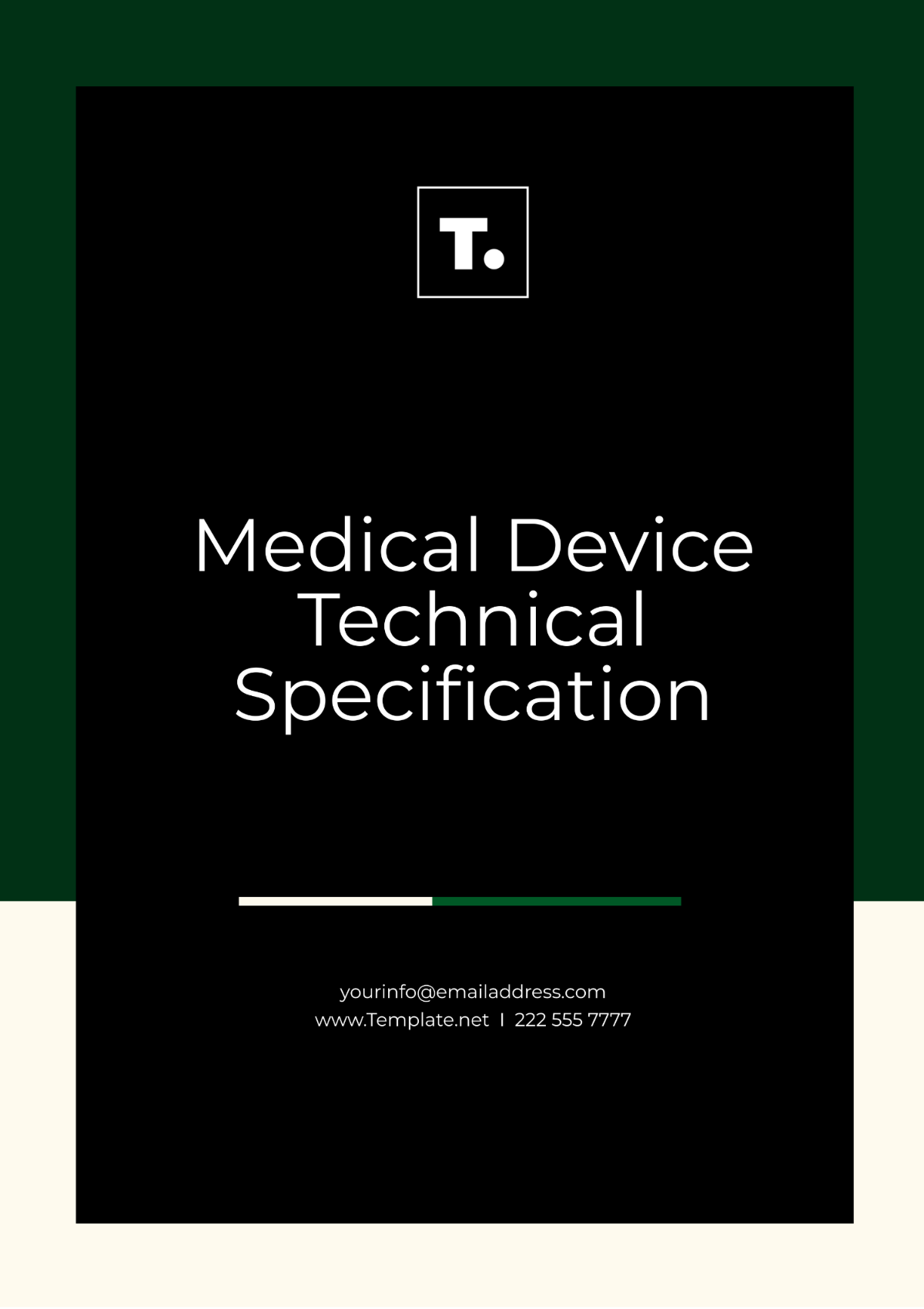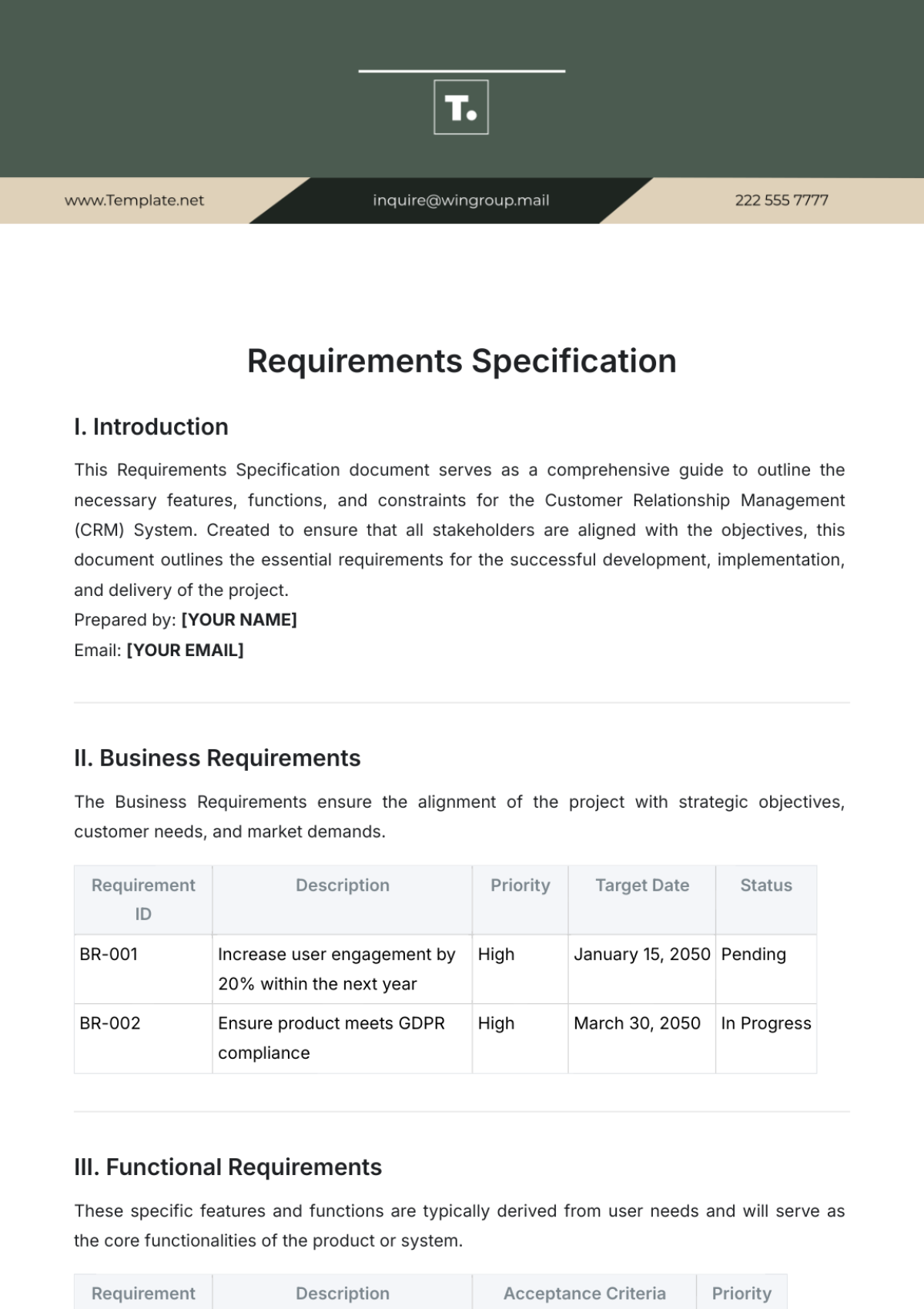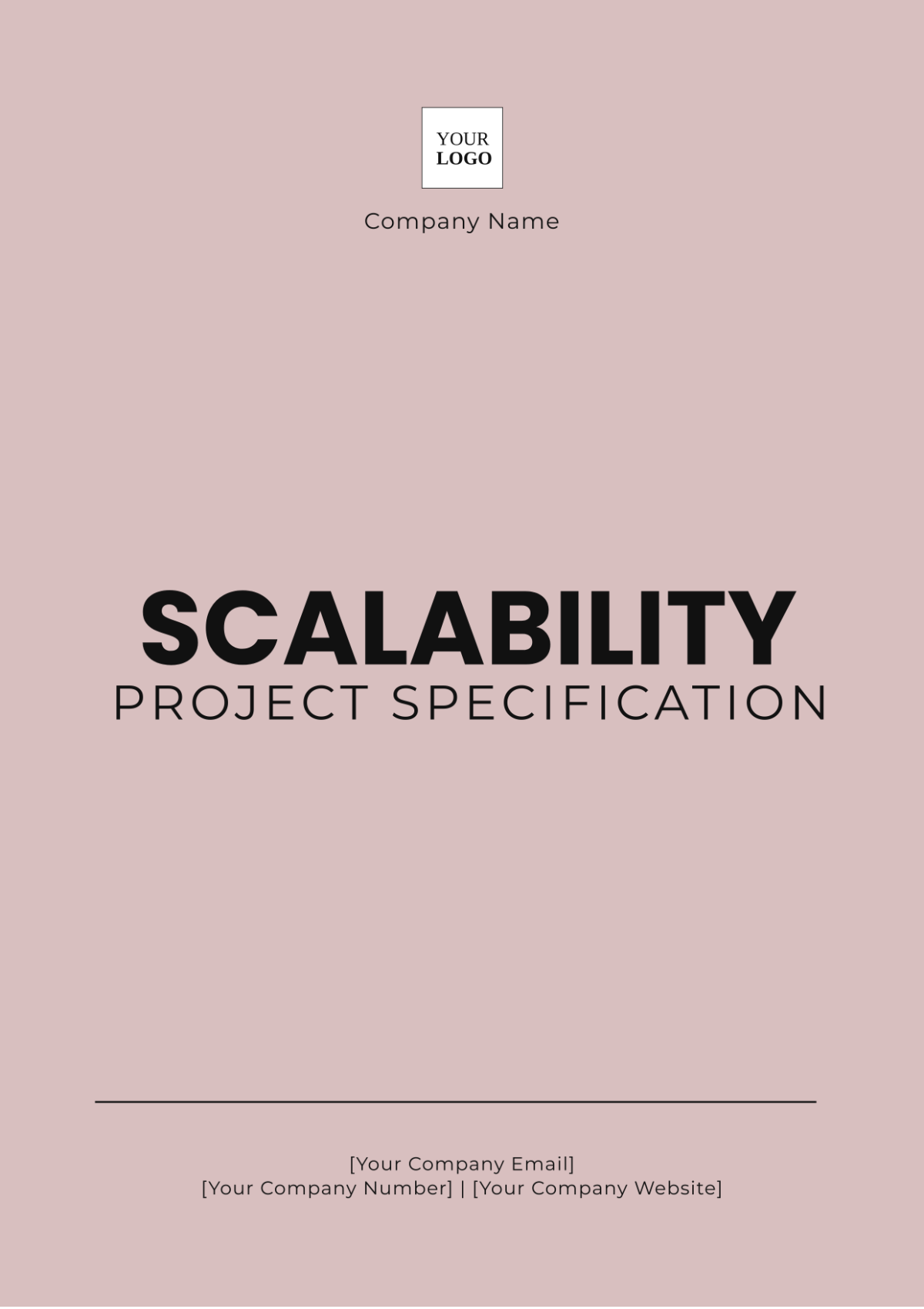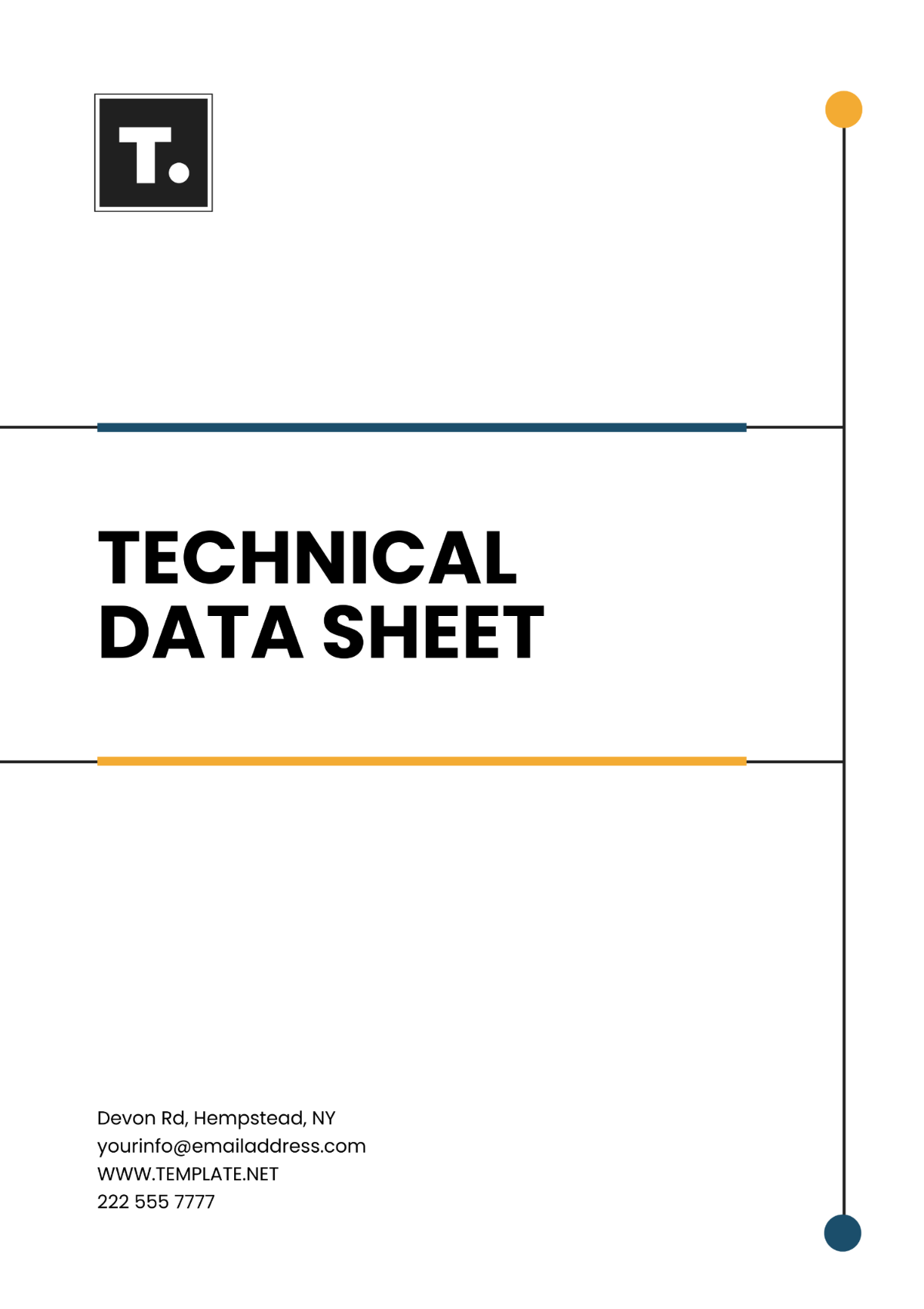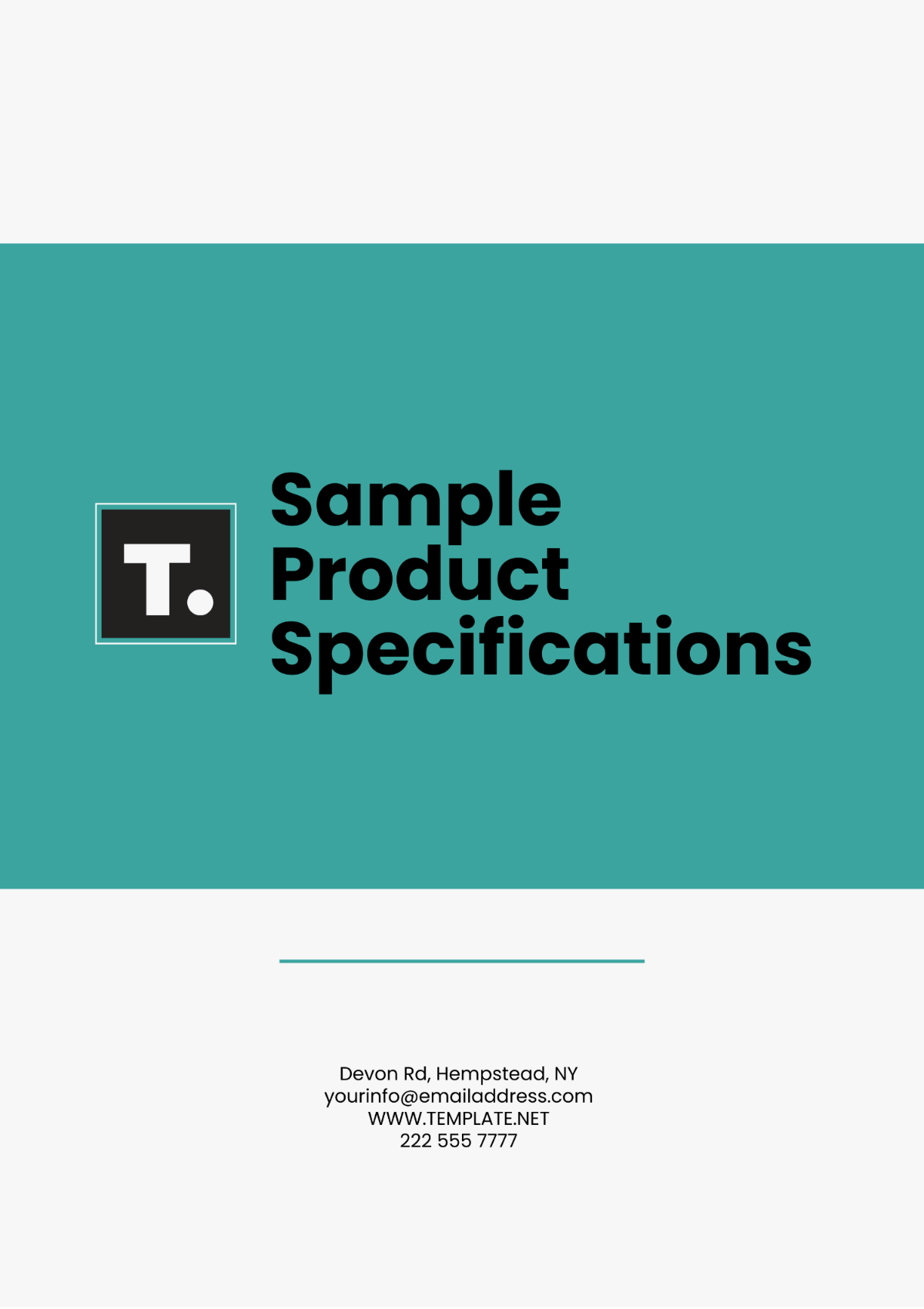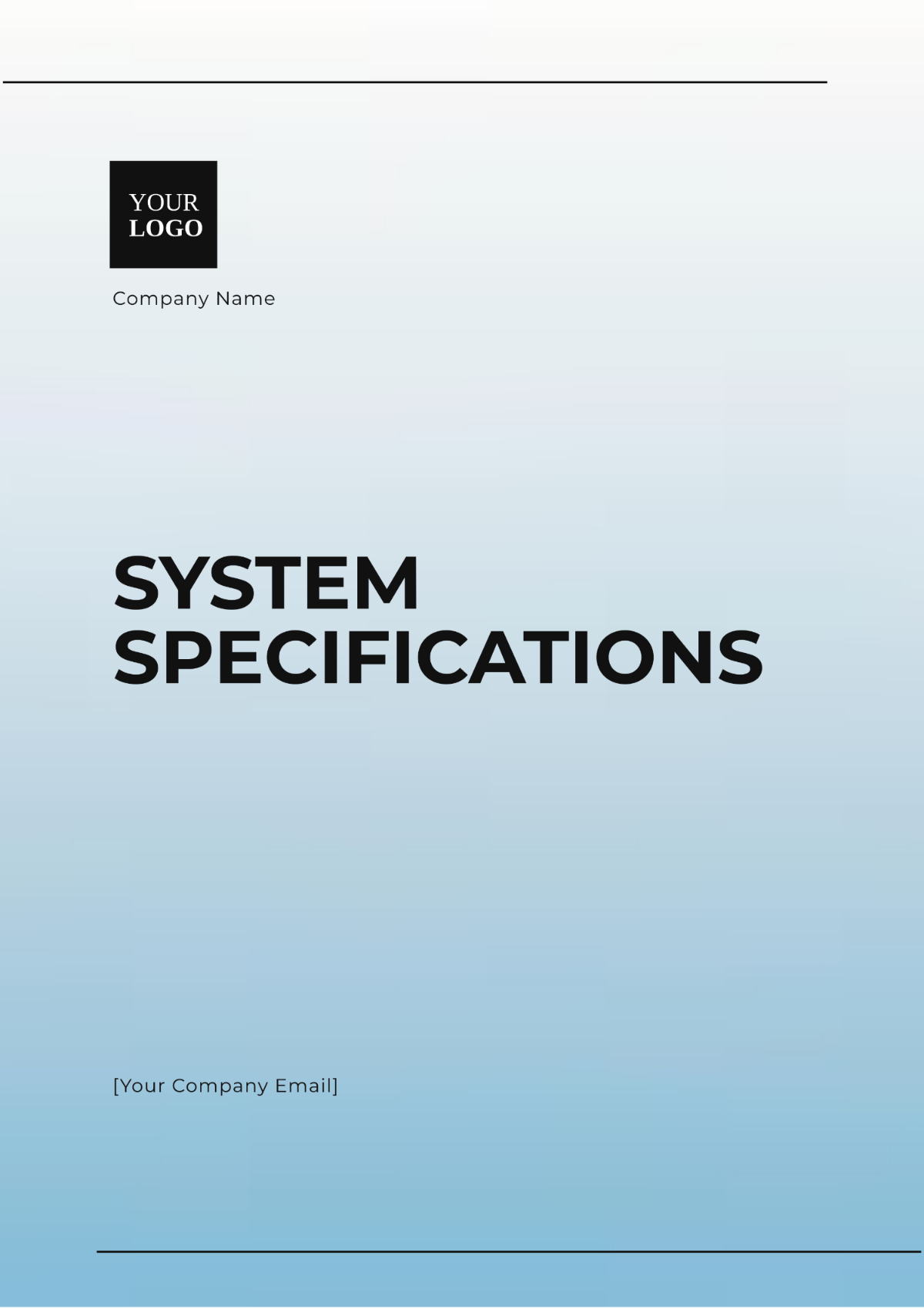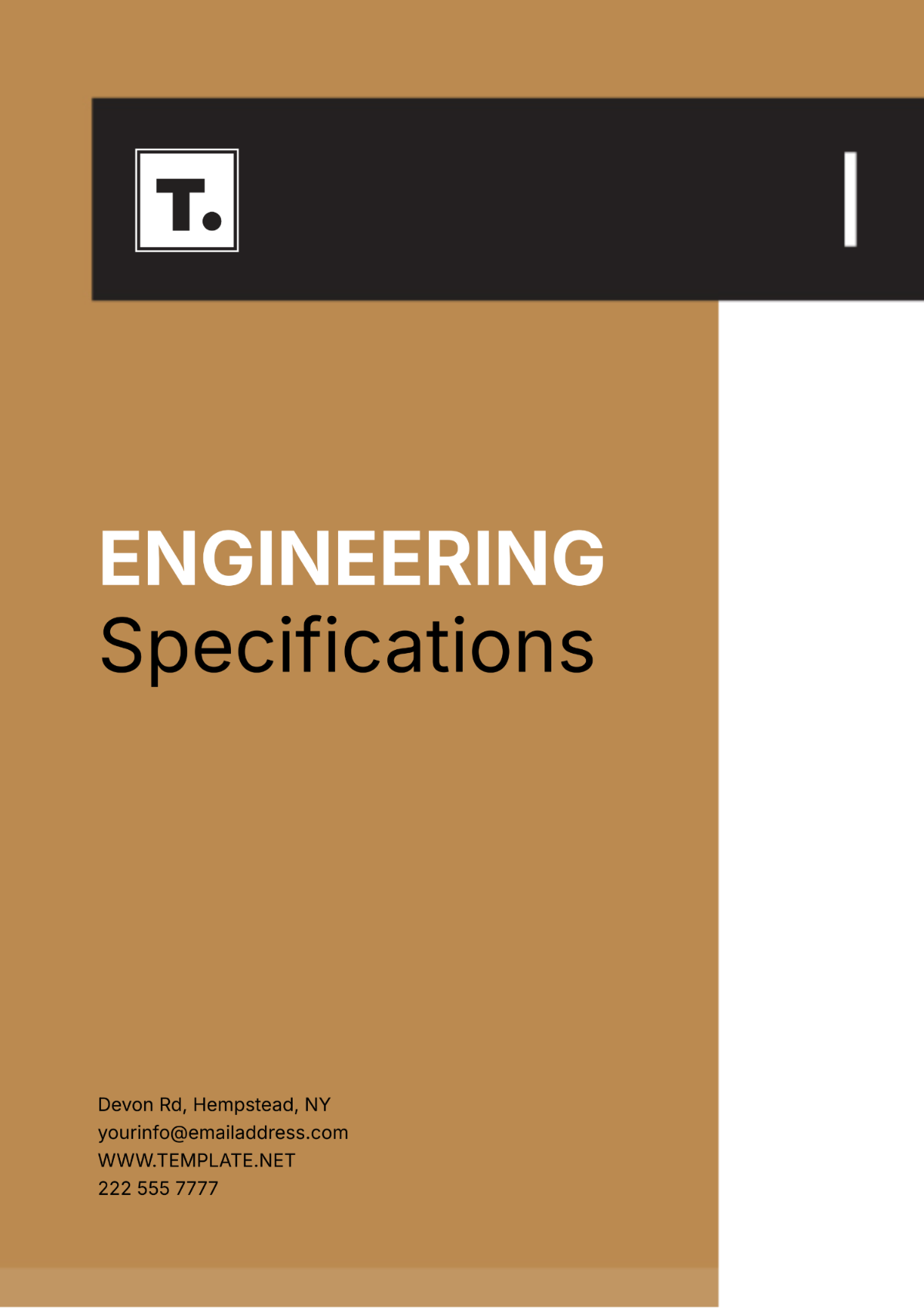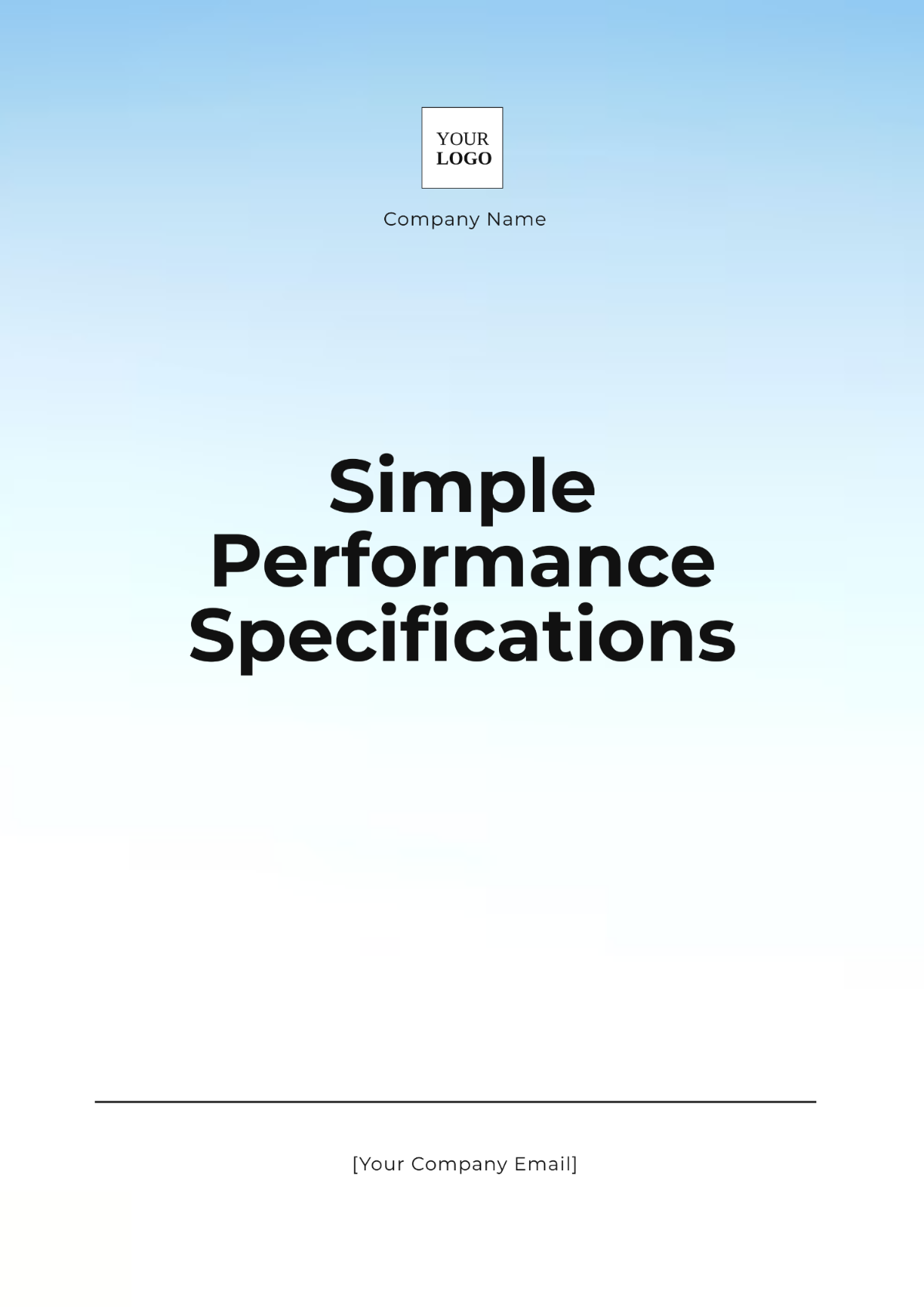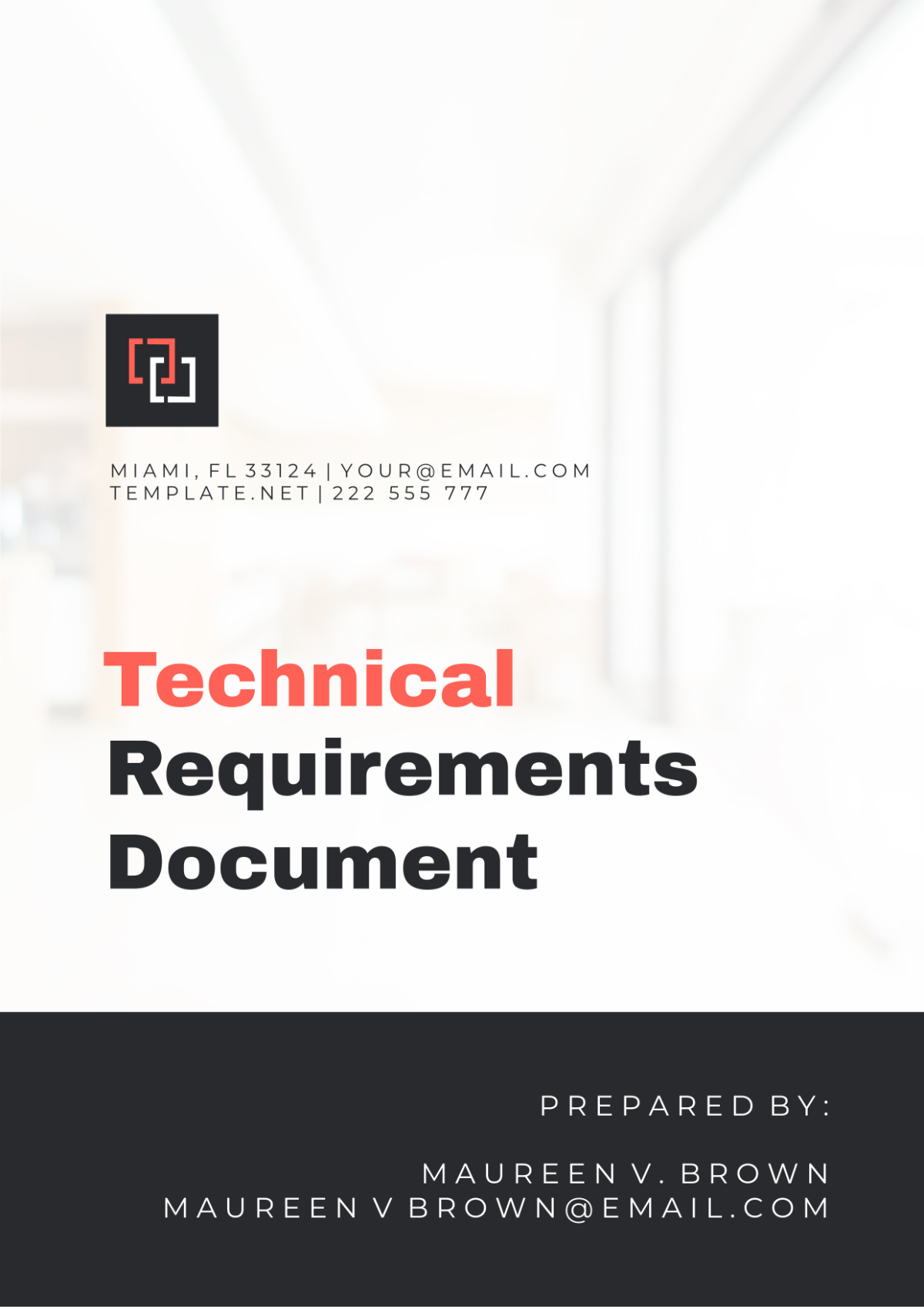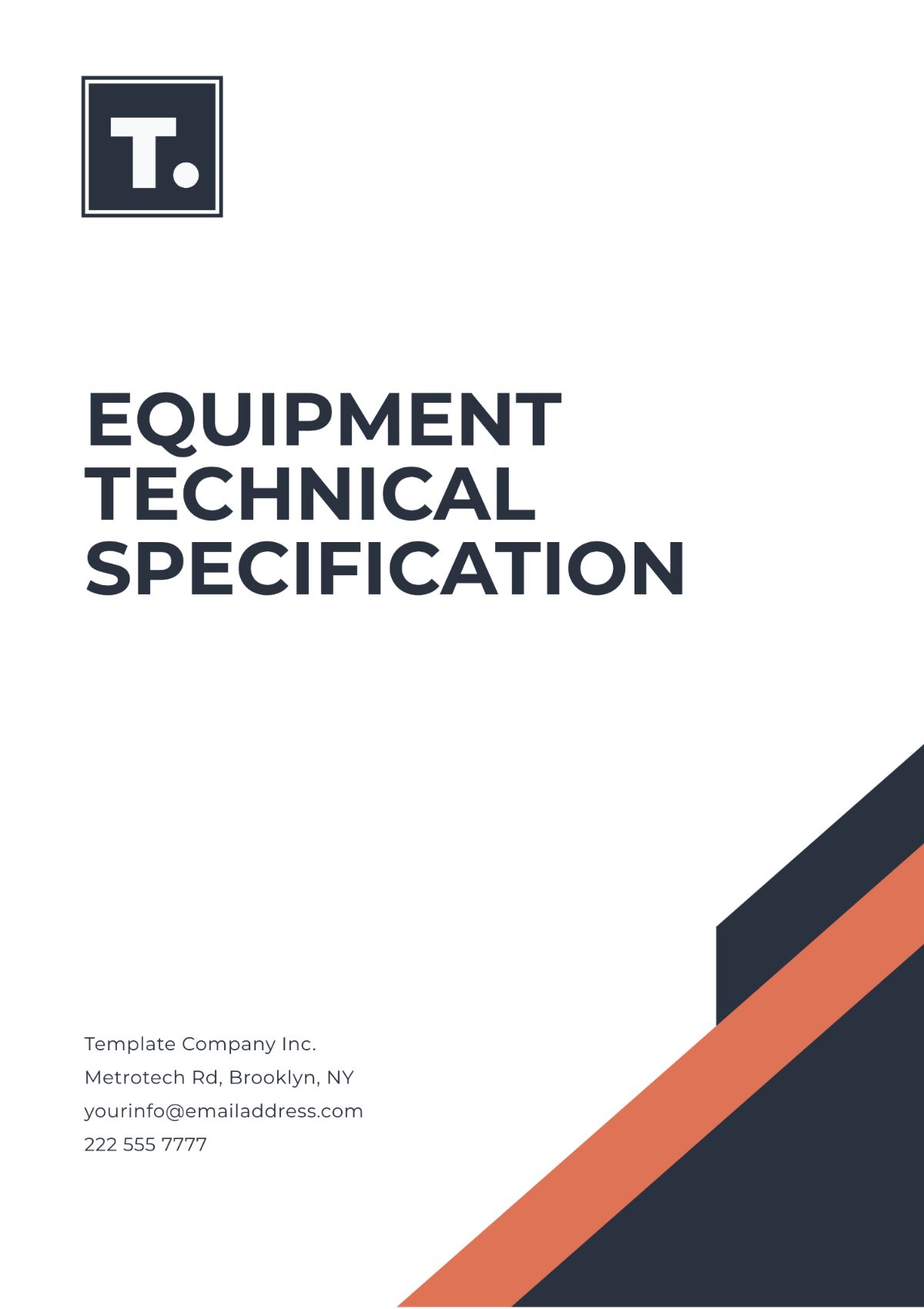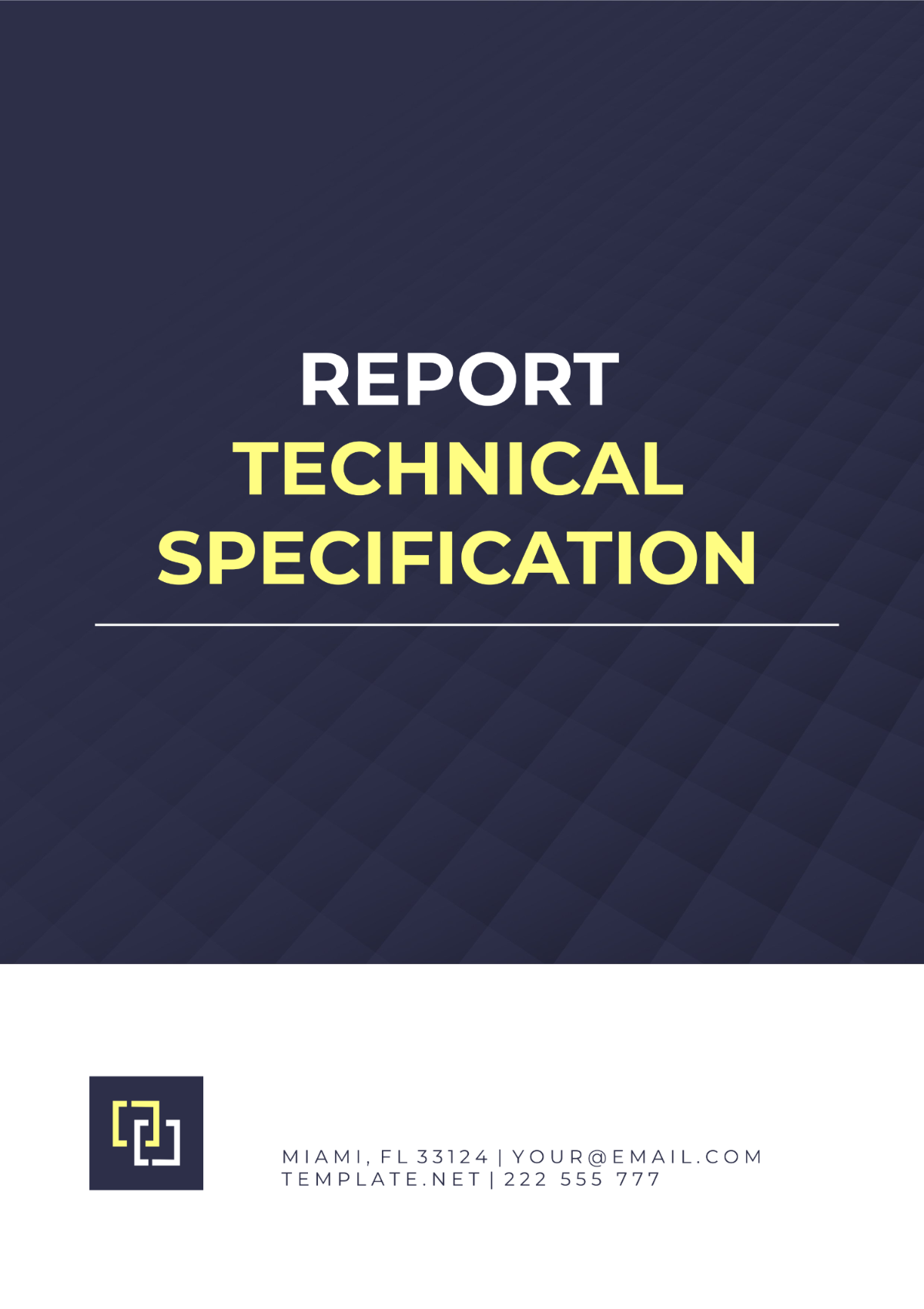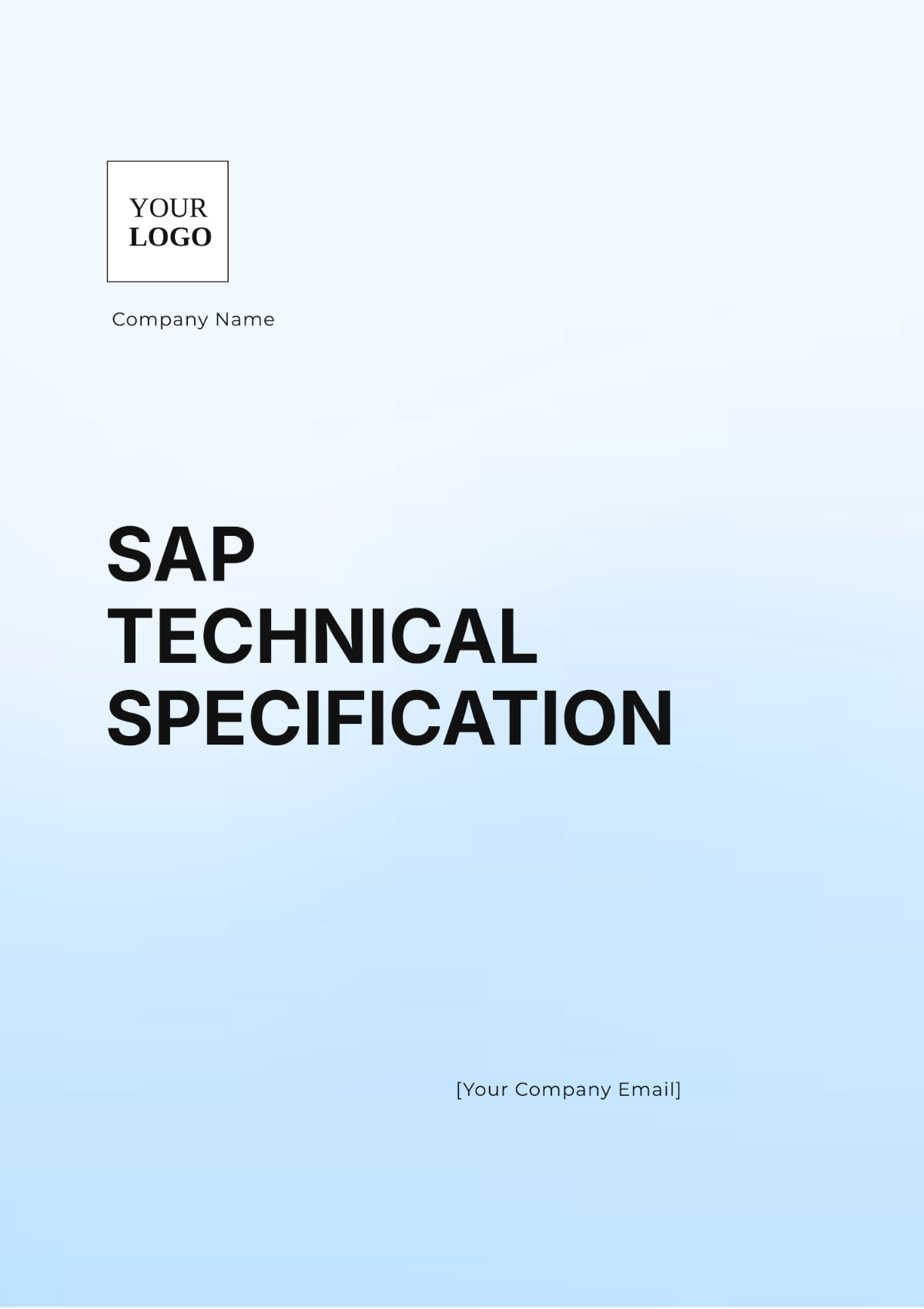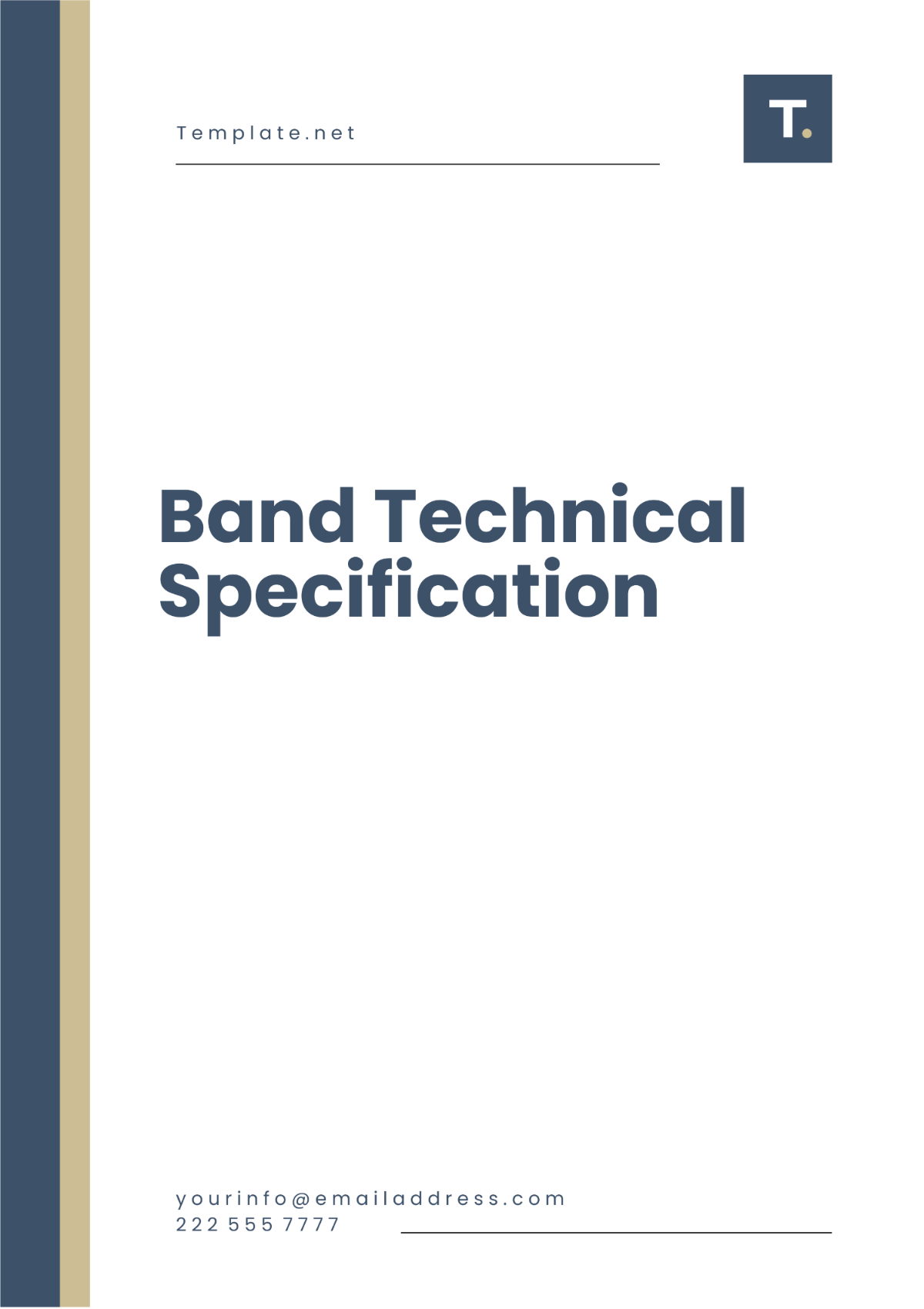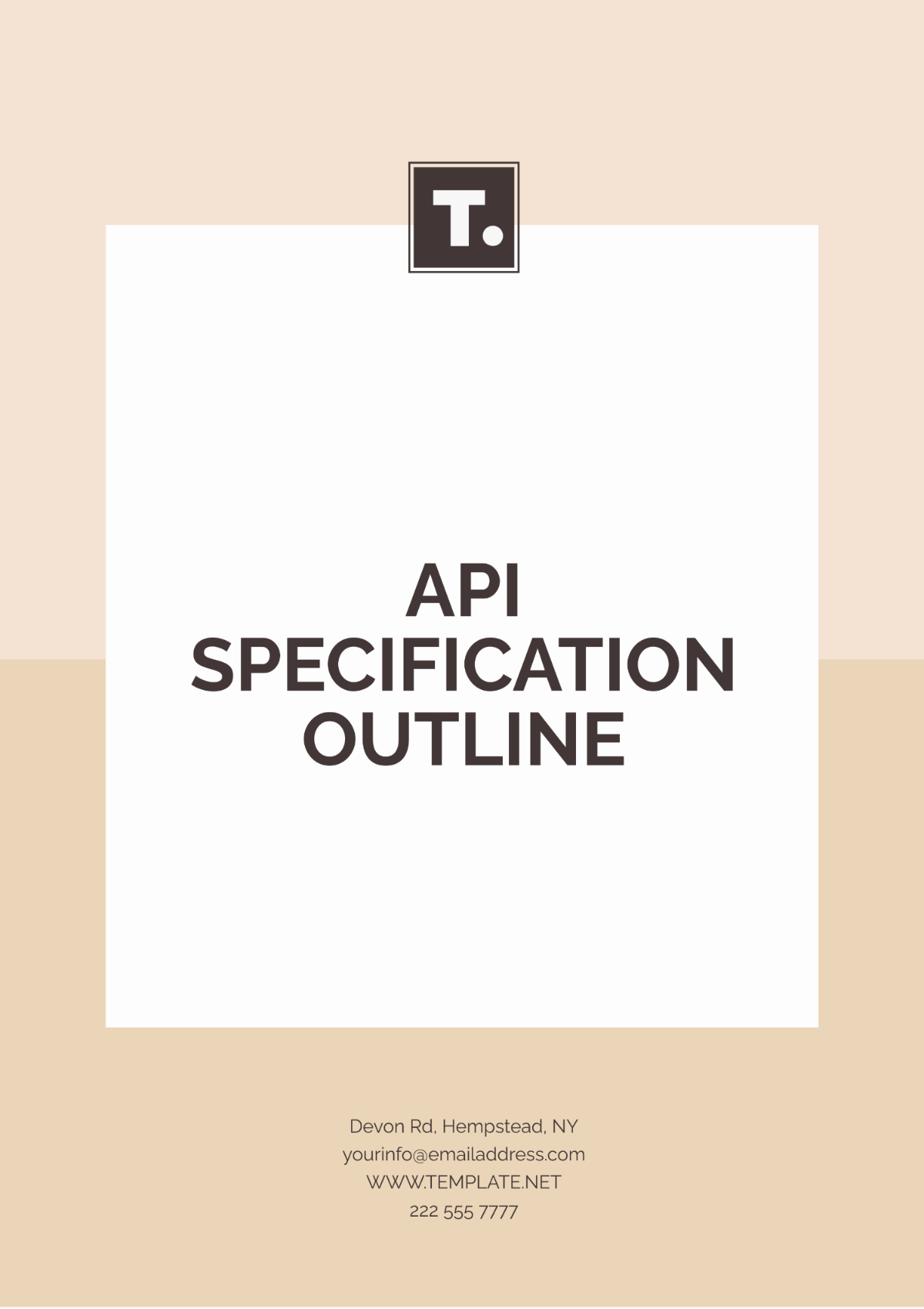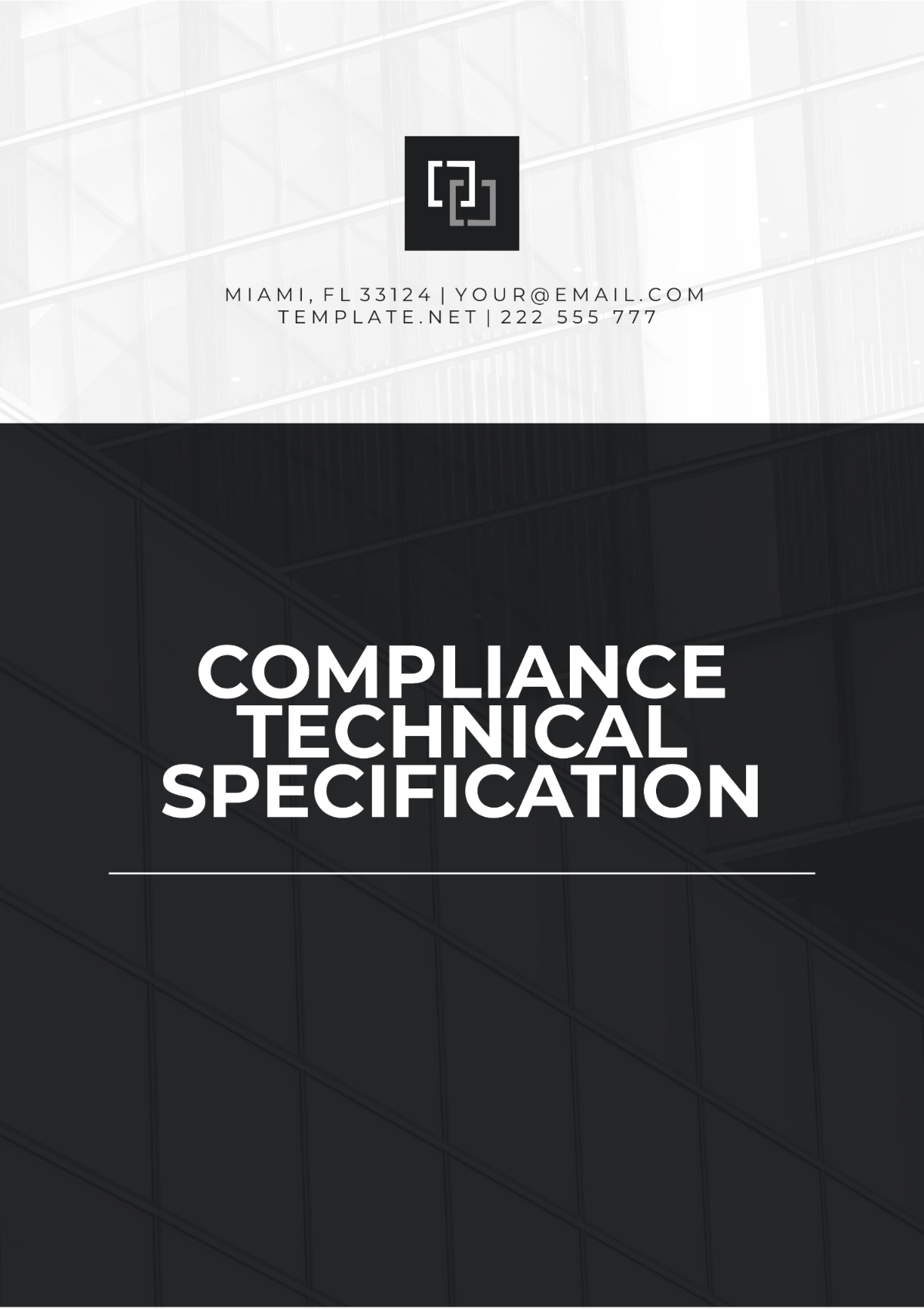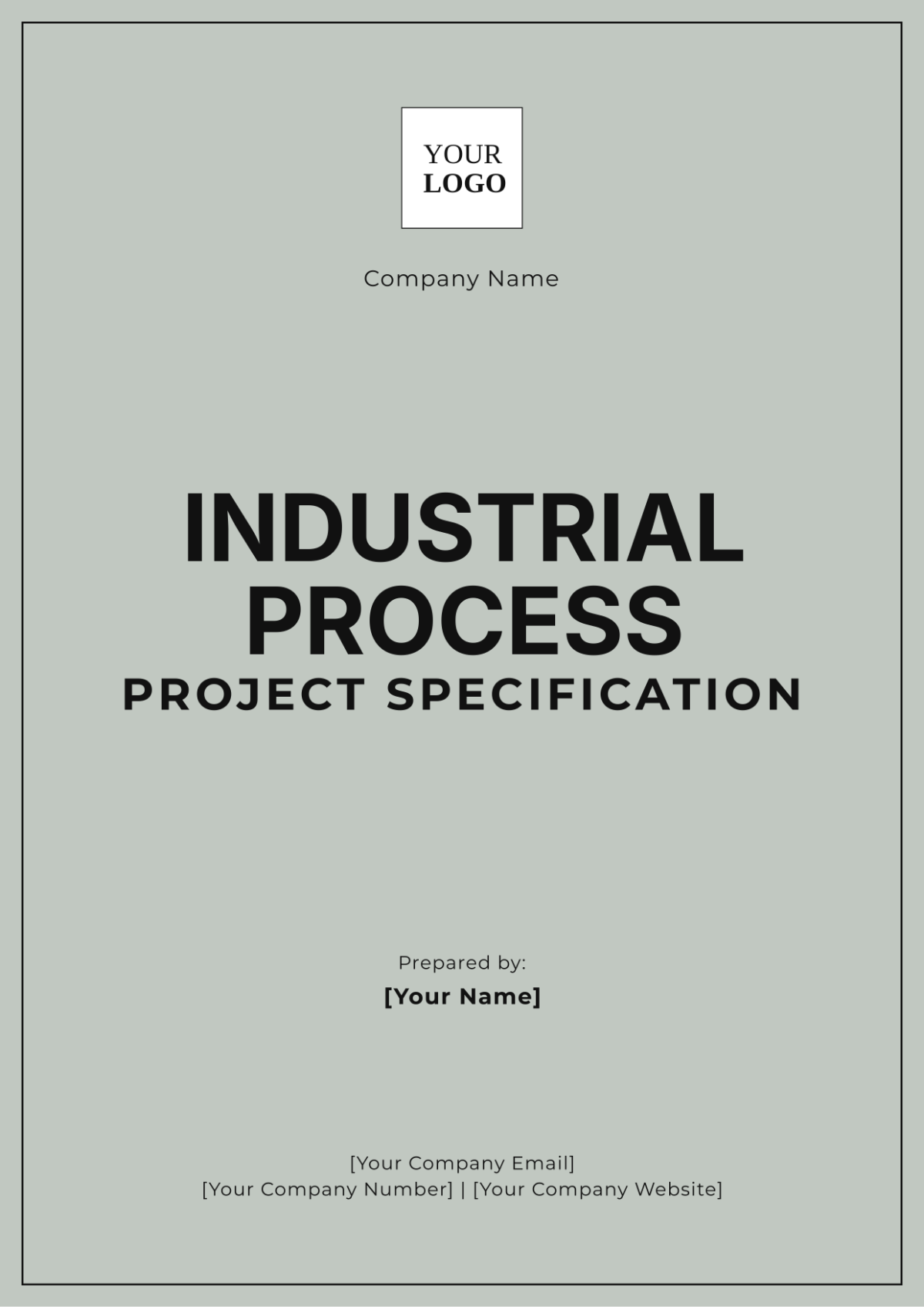Integration Technical Specification
1. Introduction
This Integration Technical Specification document outlines the functional and technical requirements for the integration between SalesForce CRM and SAP ERP. The integration ensures seamless data exchange, automated workflows, and system synchronization to optimize operational efficiency. The primary goal is to define the scope, architecture, processes, and data flow between both systems.
1.1 Purpose
The purpose of this document is to provide a detailed description of the integration requirements, including technical considerations, data mapping, error handling, and performance metrics. It is intended for developers, system architects, and stakeholders involved in the implementation.
1.2 Scope
This integration is limited to the following:
Integration of SalesForce CRM with SAP ERP.
Data flow for customer information, order details, and transaction logs.
Synchronization of records at specified intervals (e.g., hourly, daily).
Error handling and logging for failed transactions.
2. Integration Overview
This section provides a high-level overview of how integration will be achieved.
2.1 Integration Architecture
The architecture will follow a REST-based API for communication between SalesForce CRM and SAP ERP. Both systems will utilize secure HTTPS protocols to ensure encrypted data transmission.
2.2 Data Flow
Data will be transferred from SalesForce CRM to SAP ERP in real time or via scheduled batch processing. Each transaction will be logged for auditing purposes, and a confirmation response will be sent to both systems.
2.3 Authentication and Security
Both systems will use OAuth 2.0 for authentication. All API calls will require valid access tokens, and sensitive data will be encrypted using AES-256 encryption standards.
3. Functional Requirements
This section outlines the functional aspects of the integration, including the processes, triggers, and actions.
3.1 Data to Be Transferred
The following data will be transferred between SalesForce CRM and SAP ERP:
Customer Information: Name, Address, Email, Contact Number
Order Details: Order ID, Product Details, Quantity, Price, Shipping Status
Transaction Logs: Payment Method, Amount, Payment Date
3.2 Triggers
The following triggers will initiate data synchronization:
Creation of a new order in SalesForce CRM.
Update of customer information in SAP ERP.
Payment status changes in either system.
3.3 Actions
Upon triggers, the following actions will take place:
Synchronize customer and order data between SalesForce CRM and SAP ERP.
Log transactions and update status changes in both systems.
Notify stakeholders if a transaction fails.
4. Technical Requirements
This section outlines the technical details and prerequisites required for the integration.
4.1 API Endpoints
The following API endpoints will be used for integration:
POST /api/v1/orders: To create new orders in SAP ERP.
GET /api/v1/customers/{id}: To retrieve customer data from SalesForce CRM.
PUT /api/v1/orders/{id}: To update order information in SAP ERP.
4.2 Data Mapping
The table below shows the mapping of data fields between SalesForce CRM and SAP ERP.
Field in SalesForce CRM | Field in SAP ERP | Data Type |
|---|---|---|
customer_id | cust_id | String |
order_number | order_id | Integer |
customer_email | String | |
payment_status | status | String |
4.3 Error Handling
Errors will be handled using HTTP status codes. A detailed error message will be returned to the calling system with a unique error ID for tracking.
400 Bad Request: Invalid data format.
401 Unauthorized: Invalid access token.
500 Internal Server Error: General server failure.
5. Performance and Scalability
The system will handle up to 10,000 transactions per minute during peak times in 2060. The architecture is designed to scale horizontally by adding additional instances of the integration service when required.
5.1 Performance Metrics
The integration will meet the following performance standards:
Average response time: 300 milliseconds.
Maximum payload size: 10MB per request.
Downtime tolerance: 99.99% uptime.
6. Testing and Validation
Before go-live, the integration will undergo a series of tests to validate the functionality and performance of the solution.
6.1 Unit Testing
Each API endpoint will undergo unit testing to ensure individual components work as expected. Test cases will cover both successful transactions and error-handling scenarios.
6.2 Integration Testing
End-to-end integration testing will be conducted to ensure data flows correctly between SalesForce CRM and SAP ERP. This will include testing both synchronous and asynchronous data transfers.
6.3 User Acceptance Testing (UAT)
Stakeholders will perform UAT to validate that the system meets business requirements. A test environment will be provided for user feedback and final approval before deployment.
7. Maintenance and Support
Once the integration is live, ongoing maintenance and support will be required to ensure continuous functionality.
7.1 Monitoring and Alerts
The integration will be monitored 24/7, and automated alerts will notify support teams in case of failure or performance degradation. Key metrics such as response times and transaction volume will be tracked.
7.2 Updates and Patches
Patches and updates to the API will be deployed as necessary to accommodate changes in business logic, system upgrades, or bug fixes. All updates will follow a change management process to minimize disruption.
8. Appendix
8.1 Definitions
API: Application Programming Interface
OAuth 2.0: An open-standard authorization protocol
HTTPS: Hypertext Transfer Protocol Secure
8.2 Document Revision History
Version | Date | Author | Description |
|---|---|---|---|
1.0 | March 2060 | [Your Name] | Initial Draft |
1.1 | May 2060 | [Your Name] | Added Performance Section |
